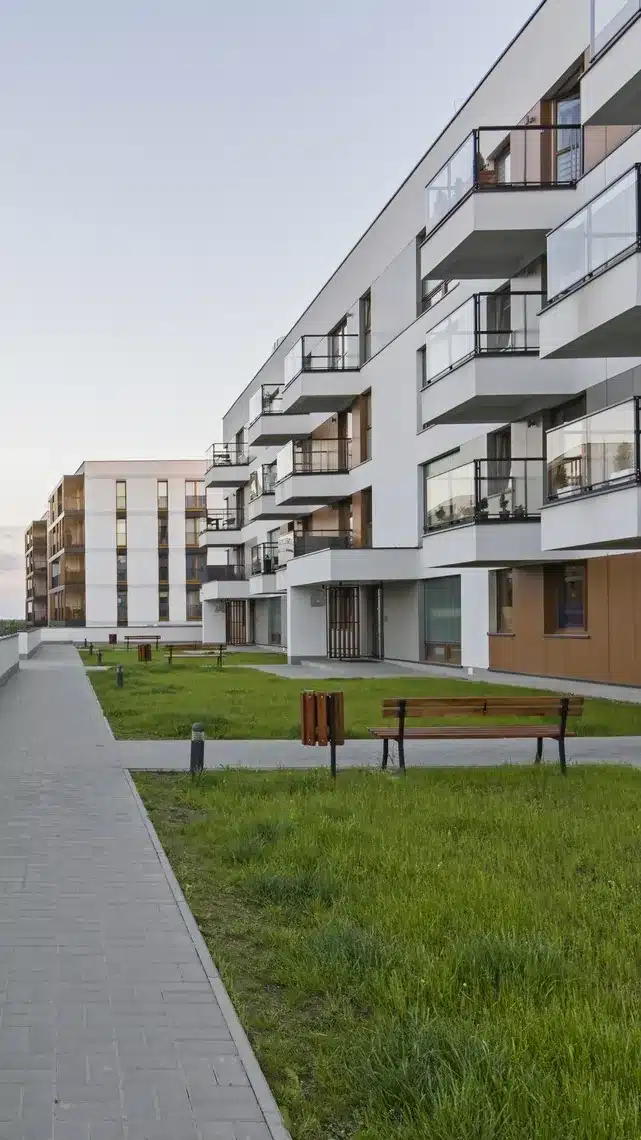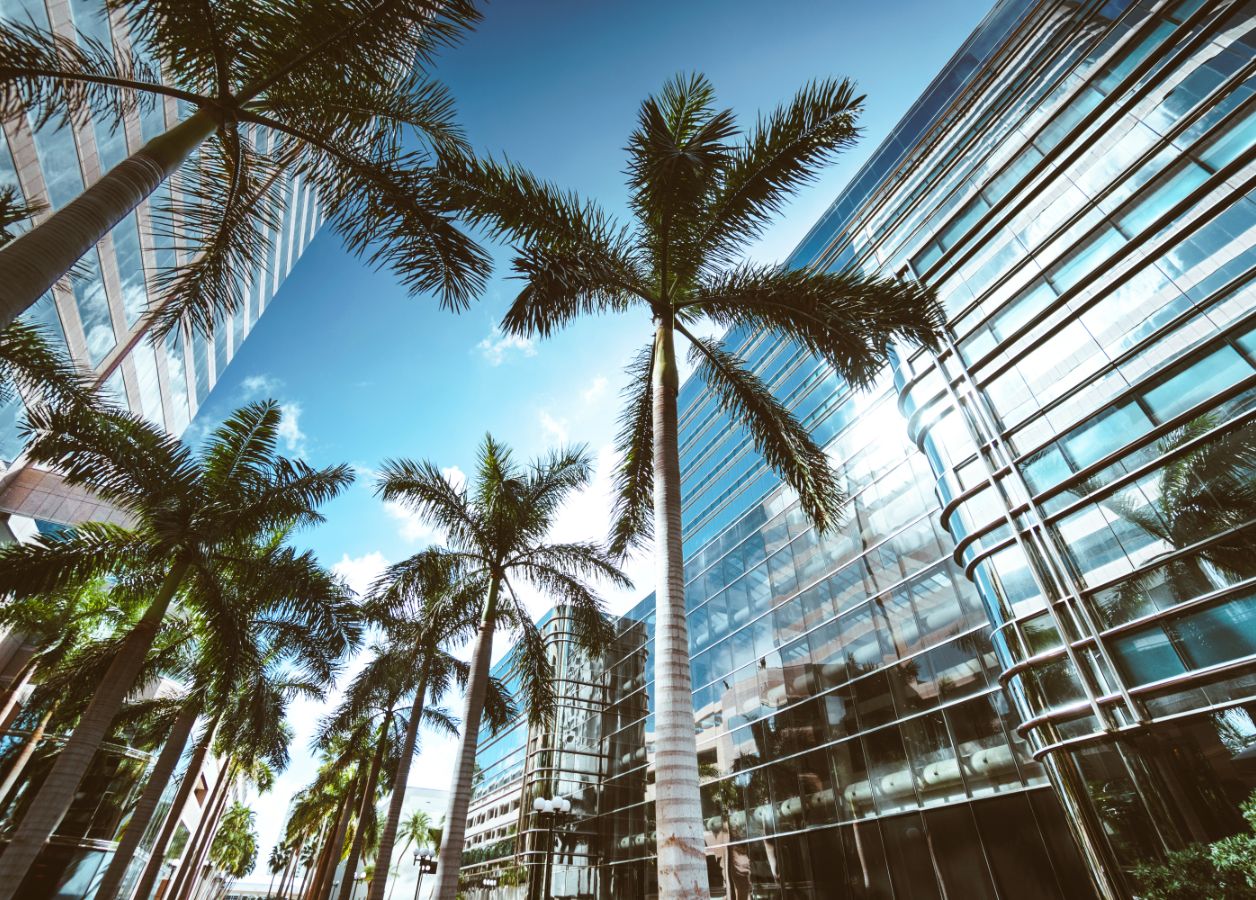Fiber Equals Faster Internet.

But how easy is it to have it installed to your home?
Are you looking into getting fiber services in your community, but don’t know what the installation process will look like? No worries, we got you covered! Most board members and property managers are crystal clear on the benefits of fiber-to-the-home services, including increased speed, bandwidth, security, reliability, and of course the futureproofing of the network, however, many people don’t fully understand what the building process looks like.
See below for a breakdown on what to expect:
Step 1 – After agreement is signed to bring fiber to the community, the service provider will begin the design and approval phase. This phase typically takes place one month prior to the commencement of construction and serves to ensure the design of the project is finalized, and will allow the project to run efficiently, minimizing any disruption to the community.
Step 2 – At this point, the service provider holds a pre-construction meeting with the community. During this meeting, the provider and board/property management team will talk through all utilities located to ensure no other providers on-site are disrupted as well as ensure water, sewer and power are not impacted. Once cleared, the provider will begin the trenching and drilling process to secure the backbone. Blue Stream Fiber works in sections of the community, to ensure residents can get around the property with no disruption at all. Additionally, most of the trenching is done at the rear of the property to minimize any visible impact.
Step 3 – Once all trenching of ground is complete, the fiber pulling process begins from the backbone to the houses/buildings. Then the team will begin splicing it. Once splicing is complete, the team will ensure that the circuit is working properly with extensive engineering and end-to-end testing. At this point the fiber cabinet is ready to go and acceptable for installations. Communications would then be sent to residents to schedule their installation appointments as usual!
Step 4 – Education is crucial! The right provider should not only install, and custom configure each home but also take the time to educate you on how to use your new technology. A service provider should not only take this time during installation but come back to all residents and ensure that all questions are answered, and they are 100% comfortable with their new system.
Building fiber infrastructure can take anywhere between 3-6 months to build, depending on the size of the community, but long-term fiber serves as a great future-proofing tactic and ultimately creates a better experience for residents.
At Blue Stream Fiber, we have curated a process from start to finish ensuring the construction is seamless, the installation is easy, and that your community receives enhanced support and services.


